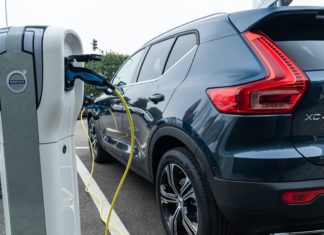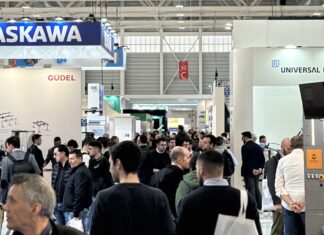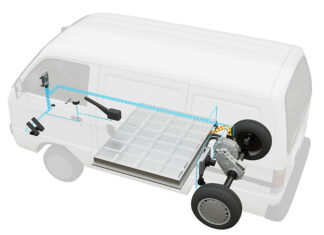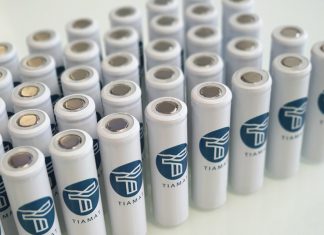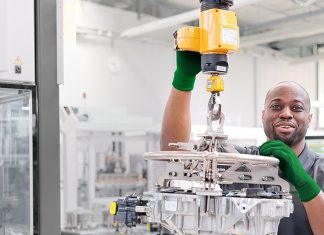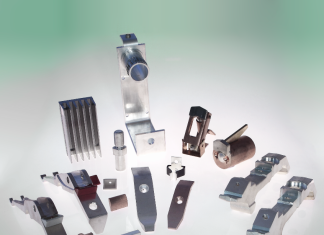Precision, strategy and people: the growth of Schenck Italia in challenging times
When many companies in the machine tool sector in Italy experienced orders decline, Schenck Italia went in the opposite direction: more revenue, higher profits, and expanded market reach. We asked to the...
SUV Volvo, the hybrid plug-in is coming
Volvo’s race to zero emissions is going on. Despite the period of stop to alive presentations and to road tests owing to the Coronavirus emergency, the last novelty by the renowned Swedish automotive company...
Energy transition: searching for skills
The presence of electronic and electromechanical components in machinery, and therefore in industrial processes, has been rising for some time now in manifold sectors and its growth goes on hand in hand with 4.0...
An Academy for sustainable mobility managers
Smtc Academy is one of the first concrete actions of the new Sustainable Mobility Pole in Turin: a high-educational national school and a didactic and laboratory offer structured in modules for 300 hours overall,...
The stop to thermal motors is postponed
The market of electric motors and related components is looking with extreme attention at the official decisions concerning the stop to thermal cars, sanctioned by EU for 2035. The latest news about that reports...
MECSPE: over 59,000 trade visitors
The manufacturing industry community meets at MECSPE 2023. Three days of full immersion between technological innovation and energy transition.
A journey into the future of industry among new technologies, energy transition and digital transformation. The...
Developing an innovative vehicle control unit
The British manufacturer Saietta Group has accomplished the development of a new vehicle control unit (VCU), which has been developed in collaboration with HCLTech specifically for three and four wheel light electric vehicles (LEV)...
Sodium-ion batteries: will it be the direction of Tesla?
Through its venture capital fund, Stellantis has become a strategic investor in Tiamat, a French spin-off of the Centre National de la Recherche Scientifique (Cnrs), which develops and markets the technology of...
Schaeffler, results for the first quarter of 2024
Schaeffler AG published its results for the first quarter of 2024. The reported revenue for the first three months was EUR 4,085 million, roughly unchanged from the previous year.The decline in revenue...
A deep-rooted company with a strong international call
For La Celsia S.a.s. the closing year has been intense, with its many projects, initiatives and important results. A year that is defined by a number: 50. The company has in fact...


